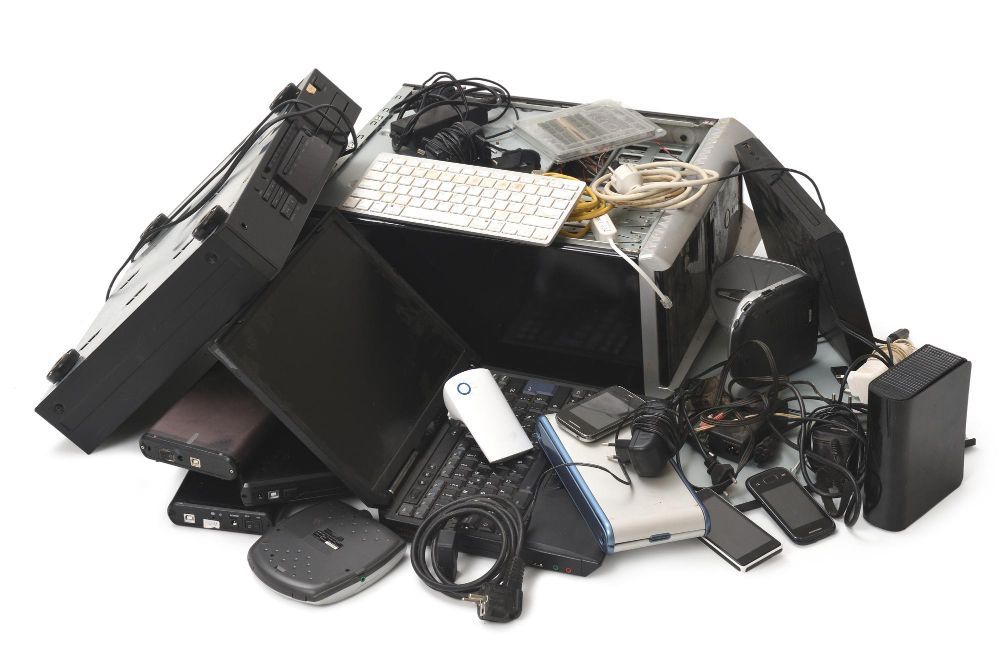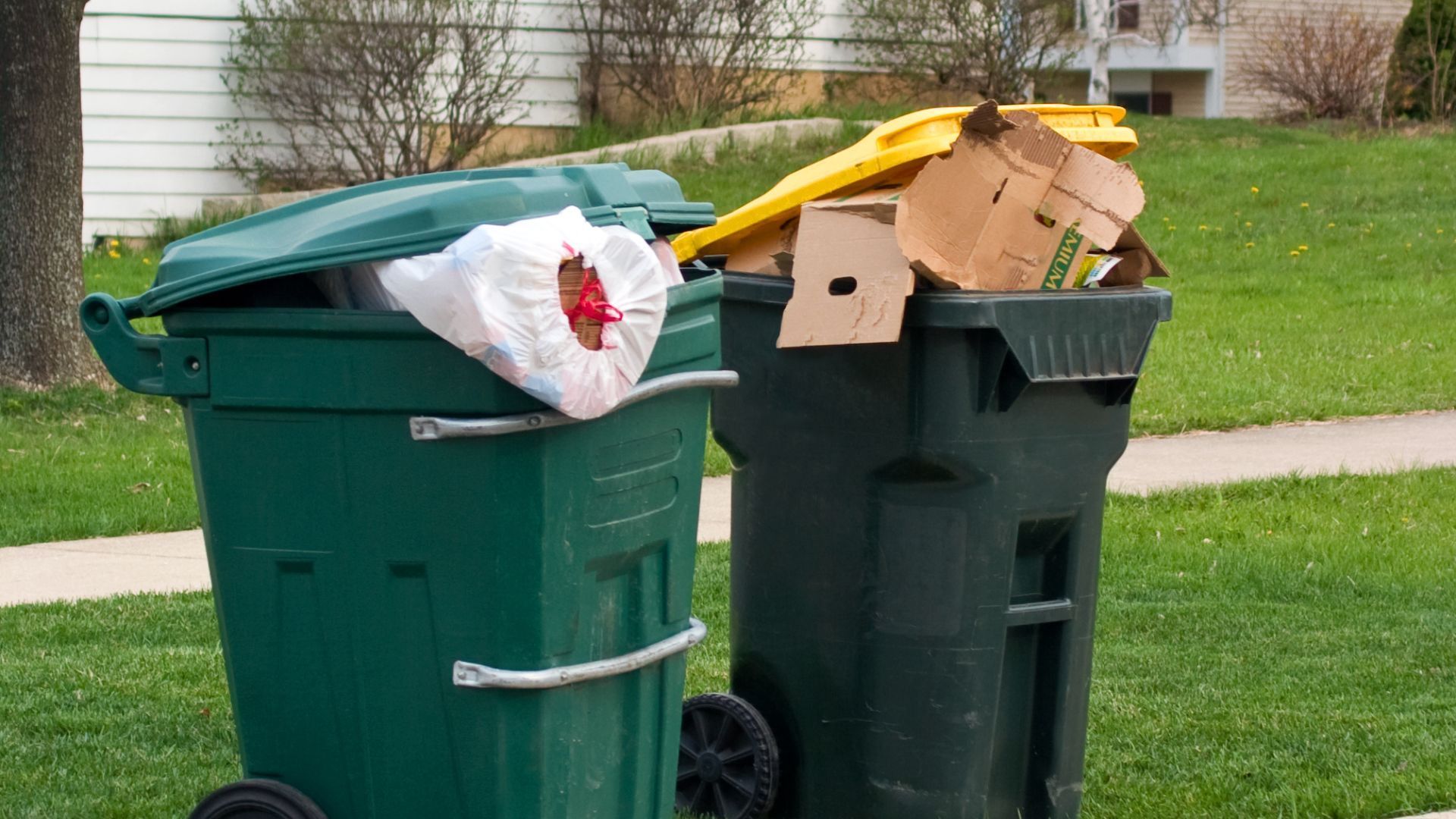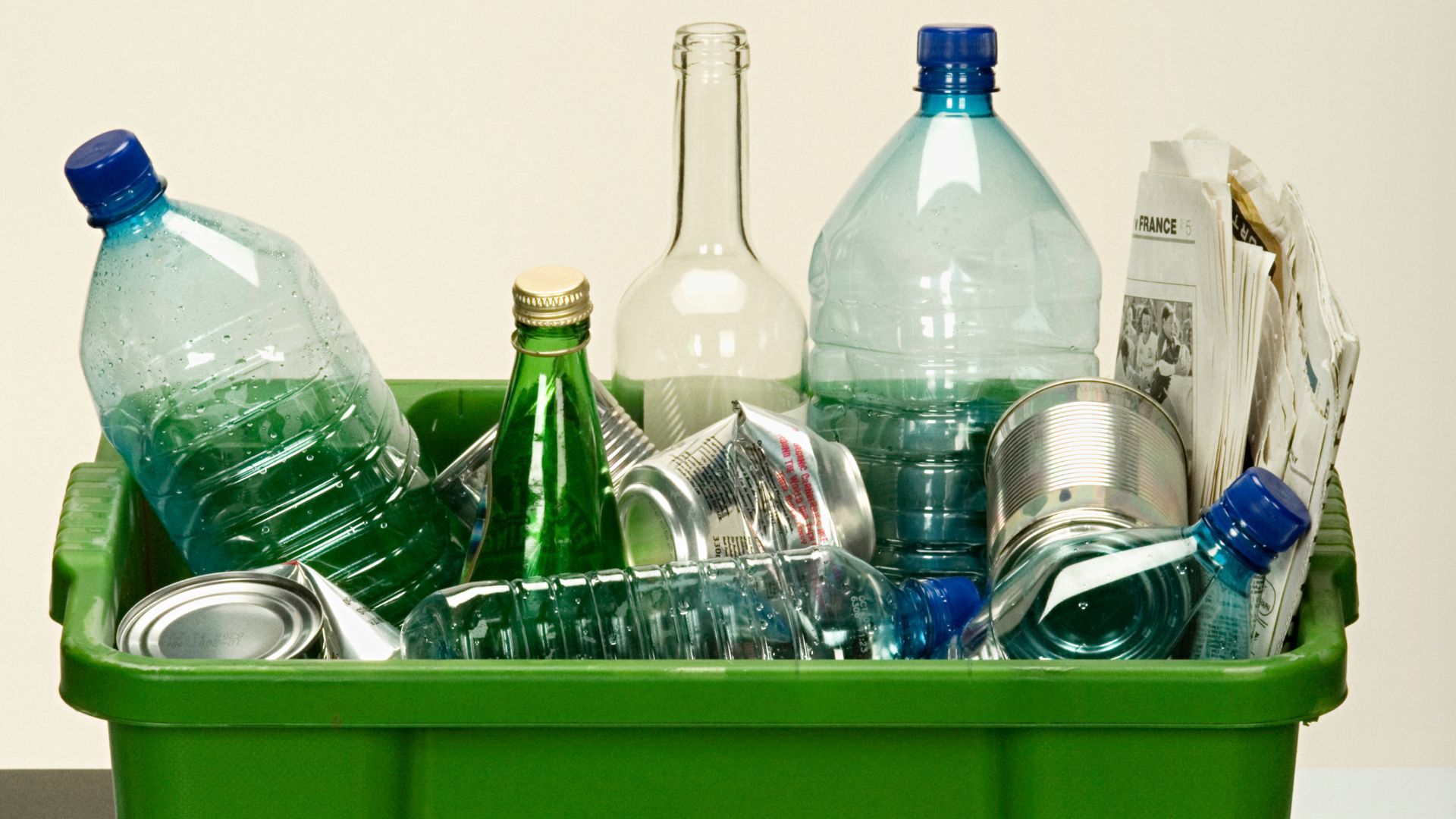How E-Waste Environment Augusta Affects Nature and Disposal
In an age dominated by glowing screens and fleeting tech cycles, the rise of electronic waste—or e-waste—has become an invisible yet mounting crisis. Every time a smartphone is upgraded, a computer is replaced, or a television is tossed to the curb, another electronic device enters a slow and hazardous process of environmental degradation. While the digital revolution has accelerated convenience and connectivity, its byproduct—obsolete electronics—has begun to choke ecosystems, burden landfills, and infiltrate vital natural systems. Nowhere is this issue more poignant than in fast-growing cities like Augusta, where evolving urban life collides with gaps in sustainable disposal practices.
Beneath the surface of every discarded gadget lies a cocktail of chemicals that, when mishandled, pose a real threat to air, soil, and water quality. But the issue isn’t just environmental—it’s social, economic, and deeply human. Understanding how e-waste impacts Augusta's unique landscape, and how disposal habits amplify or reduce that impact, requires peeling back the shiny exterior of our electronics to examine the unseen consequences. This content explores how electronic waste in Augusta affects nature and disposal systems—and why action, both personal and systemic, is urgently needed.
Understanding E‑Waste in Our Region
E‑waste encompasses a bewildering array of discarded electronics, ranging from smartphones to complex appliances with embedded circuitry. In Augusta, GA, rapid technological turnover and consumer demand accelerate the accumulation of such devices. When residents or businesses upgrade or discard electronics carelessly, a silent menace slips into the environment. Metals like lead, cadmium, and mercury lurk within these devices, and once dumped improperly, they seep into aqueous systems and permeate soils. This pollution process interrupts the balance of ecosystems, debilitating plant growth and mutating insect populations.
Simultaneously, the intangible social costs of e‑waste deepen the problem. Many consumers in Augusta lack access to convenient disposal services, leading to hoarding or throwing electronics in general waste. This neglect not only conceals the present hazard but lays the groundwork for future crises. Amidst this backdrop, heightened public awareness about the consequences of careless disposal becomes essential. It fuels community initiatives that foster responsible practices and helps bridge the gap between awareness and action. In this way, even intangible attitudes toward e‑waste trace their roots to tangible ecological impacts.
The Power of Public Awareness in Combating E‑Waste
This is why public awareness must be seen not as a passive virtue but as an active environmental defense. When people understand the risks that electronic waste poses—not just to wildlife and water, but to their own health and future generations—it becomes more than just a distant issue. It transforms into a shared responsibility. In Augusta, where technology plays a role in nearly every aspect of life, residents must understand that each old phone, each broken remote, each outdated game console, is a potential environmental threat if not handled properly.
Education is the keystone of long-term change. If school curriculums include environmental science projects centered on
e-waste, children grow up understanding how their everyday decisions can ripple outward into ecosystems. Community workshops can serve as gathering points not just for information, but for action—where families learn how to safely dispose of electronics, where businesses discover how to partner with local recyclers, and where curiosity turns into commitment. When people are empowered with both knowledge and tools, the shift in behavior follows naturally.

Impacts on Soil, Water, and Air Quality
When e‑waste is left to degrade in uncontrolled environments, harmful chemicals infiltrate the ground. Substances such as arsenic and beryllium migrate through soil layers, reducing fertility and threatening the symbiosis between microorganisms and plant root systems. The consequence extends to agricultural land, where produce grown in contaminated soils may absorb toxins. Once these tainted food items enter human food chains, latent health risks emerge. Although these effects unfold gradually, their long‑term imprint on public health can be dramatic. Simultaneously, tight-knit ecosystems like wetlands—which are abundant near Augusta—face altered water chemistry, undermining their notoriously delicate balance.
Airborne hazards also rise when electronics are dismantled or burned in open conditions, releasing toxic fumes into the atmosphere. Substances such as dioxins and furans may form during plastic combustion, drifting into nearby communities. Prolonged exposure to these airborne pollutants degrades local air quality, potentially aggravating respiratory conditions among sensitive populations. In doing so, improperly treated e‑waste inflicts a double‑edged wound: it pollutes both the land beneath our feet and the air we breathe.
The Silent Drift of Toxins: How E-Waste Pollutes the Air We Breathe
While soil and water contamination often dominate conversations around e-waste, the sky above Augusta bears its own invisible burden. When discarded electronics are dismantled or incinerated in makeshift settings without proper containment, they emit a dangerous cloud of toxic gases and microscopic particles. Plastics, when burned, release volatile organic compounds and highly toxic chemicals such as dioxins and furans. Wires coated in flame retardants, capacitors, and various plastic components all contribute to this toxic plume.
The implications are chilling. For Augusta residents who live close to informal dumping grounds or underregulated scrap yards, daily exposure to these fumes can quietly erode their health. Irritation of the eyes and throat might be dismissed as seasonal allergies, while deeper respiratory issues—like chronic bronchitis, asthma, and even cardiovascular inflammation—begin to manifest without a clear source. The smallest particles released by burning electronics can penetrate deep into the lungs and even cross into the bloodstream, carrying toxic metals throughout the body.
Ecological Consequences for Augusta’s Flora and Fauna
Augusta’s greenery—like riverbank forests and urban parks—suffers silently from e‑waste runoff. Heavy metals accumulating in soil change how native trees and shrubs uptake nutrients. Root systems lose efficiency, leaves discolor, growth slows, and resilience against disease wanes. Migratory insects and pollinators, reliant on these plants, suffer nutritional deficiencies. With fewer insects thriving, birds and small mammals lose a crucial food source, disrupting the entire local food web. What seems like isolated contamination can thus ripple outward, creating cascading ecological dysfunction.
Waterways adjacent to disposal sites aren’t spared either. Toxins from decaying electronics leach into channels that feed into the Savannah River basin, home to amphibians, fish, and freshwater invertebrates. Pollutants accumulate in fish tissue, making them hazardous to predators—including humans. Mercury, in particular, magnifies through trophic levels. It impacts reproduction, behavior, and survival of aquatic species. The outcome is less robust aquatic ecosystems, which sooner or later ripple into recreational fishing, tourism, and public health concerns—proving that no part of Augusta can remain unaffected by the misuse of e‑waste.
Health Ramifications for the Local Community
Beyond environmental consequences, e‑waste poses severe hazards to human health. People so exposed may experience neurological disturbances, kidney dysfunction, or breathing difficulties. For example, lead and mercury—common in circuit boards—are neurotoxins that affect cognitive development in children and ruin adult nervous systems. Chronic exposure, even at low levels, burdens public health systems with escalating costs and challenges. It also contributes to a hidden, intergenerational crisis, as contamination may pass from mother to child during pregnancy.
Vulnerable populations—those living near dumping or dismantling areas—bear disproportionate risks. Without proper disposal infrastructure, Augusta residents working informally to salvage materials may unwittingly expose themselves to carcinogens. Once exposed, the body retains heavy metals, leading to long‑term implications such as increased cancer risk and cardiovascular strain. These outcomes are not hypothetical abstractions but real possibilities in regions unprotected by strict disposal or recycling protocols. Awareness and local policies need to align to break this dangerous chain of harm.
Effective Disposal Practices and Recycling Opportunities
Preventing these dangers means actively integrating smarter disposal practices into our lifestyle. When e‑waste is collected in specially designated areas or events, trained professionals can dismantle devices carefully. Valuable components—gold, copper, rare earth elements—can be separated, extracted, and repurposed. This process minimizes mining dependencies, saving energy and preserving natural habitat outside of Augusta by reducing raw material demands. Technicians working in secure environments reduce exposure to toxins and capture harmful elements for responsible disposal.
Furthermore, recycling encourages a circular economy mindset. By emphasizing repair, refurbishment, and reuse, our community can shift away from linear “take‑throw” patterns. Schools, businesses, and households in Augusta can participate in scheduled drop‑off events or use mail‑in recycling services. Even refurbishing a single laptop can empower a student or a non‑profit, prolonging the useful life of precious materials. Community passion for sustainability can gain momentum from such incremental shifts, embedding responsible habits deeper in daily life.
Community Action and Policy Solutions
Grassroots organizations and municipal planners together shape how e‑waste is handled. Community action might involve educational workshops, collection drives, or partnerships with electronics recyclers. These events demystify technical aspects of e‑waste, turning passive consumers into conscious producers who recognize value in old devices. When local governments support such efforts—through incentives, grants, or free collection days—participation rates grow, and compliance becomes normalized.
Legislative frameworks further fortify these behavioral shifts. Policies requiring manufacturers to conduct take‑back programs push responsibility upstream. Extended producer responsibility ensures that electronics are designed with end‑of‑life recovery in mind. Urban planning must also allocate certified e‑waste drop‑off facilities near high‑foot‑traffic zones—shopping centers, public offices, and transit hubs—making the eco‑friendly choice the convenient one. As awareness evolves, proactive regulation locks in progress, ensuring that Augusta’s approach to e‑waste becomes a stable model for resilience.
Conclusion
By now, it’s clear that mismanaged e‑waste in and around Augusta poses a serious threat to soil, water, air quality, ecosystems, and public health. It is essential that businesses, families, and policy leaders collaborate to transition from casual disposal habits to intentional recovery systems. Raising awareness, facilitating accessible collection, and institutionalizing recycling practices can transform a silent threat into an opportunity for communal betterment.
For expert assistance with responsible electronics disposal and sustainable waste handling, turn to Hinkins Disposal in Augusta, GA. Reach them at
(706) 885‑4032 or via email at
Hinkinsdisposal@gmail.com.




